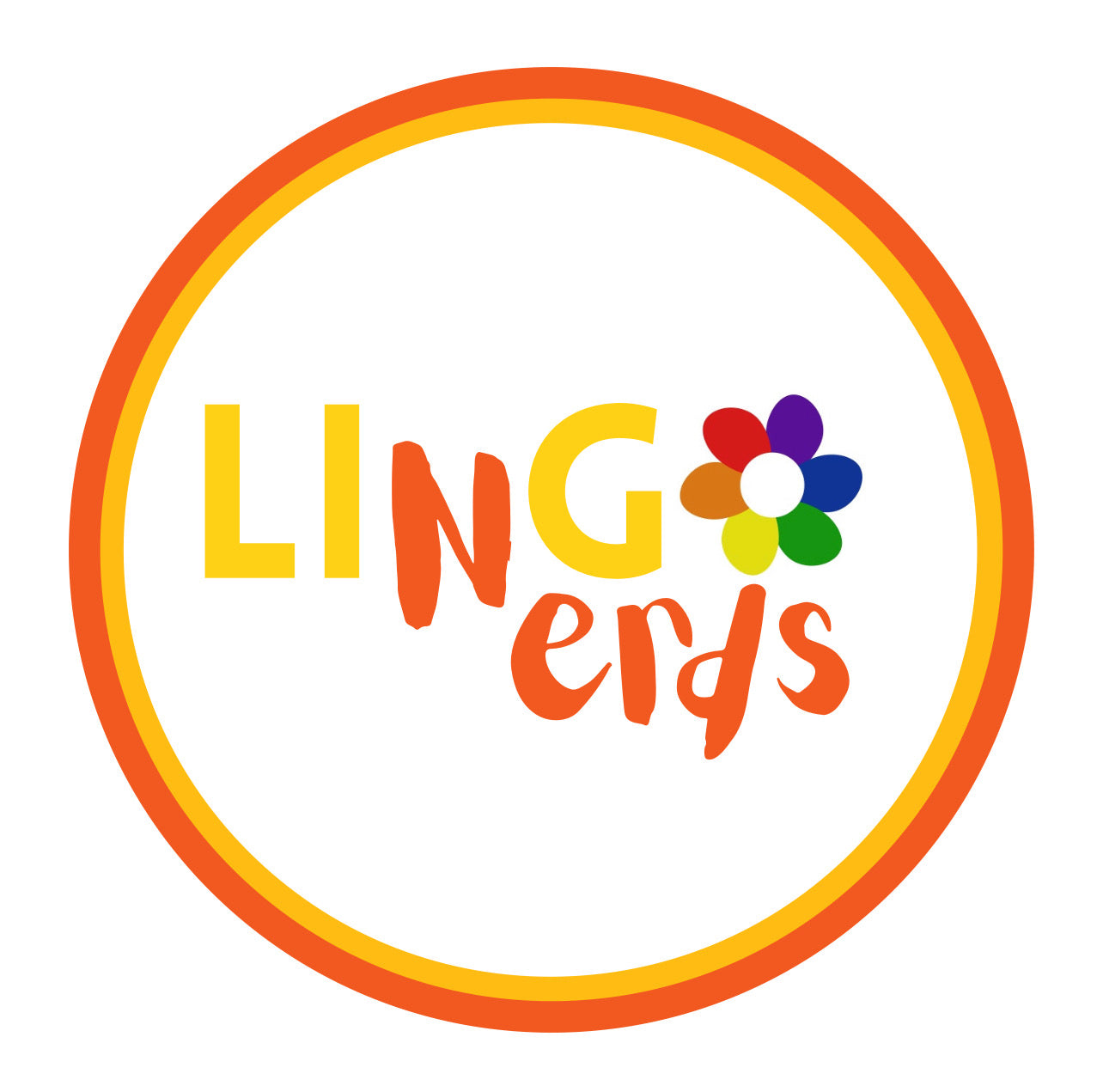While bilingual education has its benefits, it also has some potential drawbacks . Here are five cons associated with bilingual education:

Limited exposure to the majority language
In some cases, bilingual education programs may place a significant emphasis on the minority language at the expense of the majority language. This can result in limited exposure to and proficiency in the dominant language of the society. It may potentially hinder students' ability to fully integrate into the larger community or pursue higher education and employment opportunities that require proficiency in the majority language.
Inadequate resources and qualified teachers
Bilingual education programs often require specialized resources, such as books, teaching materials, and qualified bilingual teachers. However, these resources may be limited, particularly in areas with a small population of speakers of the minority language. This can result in a lack of quality instruction, less individualized attention, and lower educational outcomes for students.
Social and cultural isolation
Bilingual education can inadvertently create social and cultural isolation for students. By segregating students based on language, they may have fewer opportunities to interact with peers who speak the majority language. This isolation may hinder their social development, limit their exposure to different perspectives, and potentially lead to a sense of alienation from the broader community.
Lower academic performance in certain subjects
Bilingual education programs often require a portion of instruction to be delivered in the students' native language. While this approach aims to facilitate learning and ensure comprehension, it can lead to challenges in subjects that heavily rely on the majority language, such as advanced mathematics or science. Students may struggle to understand complex concepts presented in a language they have limited proficiency in, potentially leading to lower academic performance in these subjects.
Limited language specialization
In some cases, bilingual education may provide a balanced approach to language learning, where students develop proficiency in both languages. However, this approach may not allow students to specialize in a particular language if they have a particular interest or aptitude. By dividing instructional time between two languages, students may not reach the same level of proficiency as those who solely focus on one language, potentially limiting their career opportunities that require advanced language skills.
It's important to note that the impact of these cons can vary depending on the specific context, resources available, and the implementation of bilingual education programs. Additionally, many of these challenges can be mitigated or overcome through careful program design, adequate resources, and ongoing support for both students and teachers.




